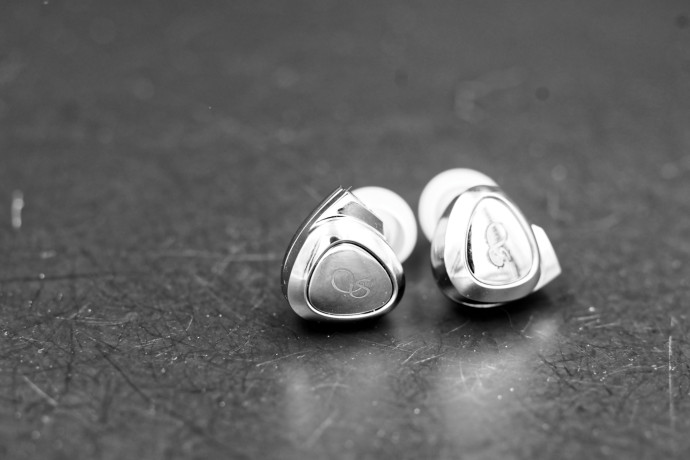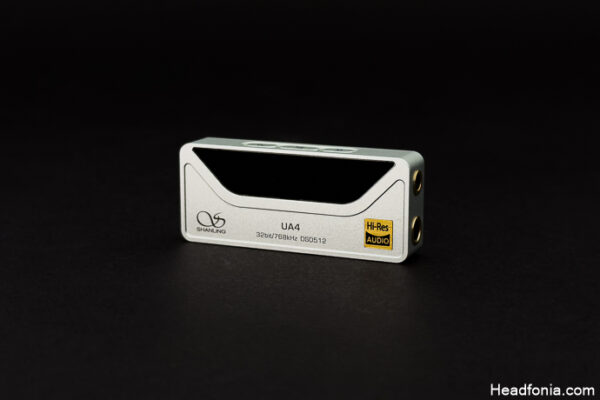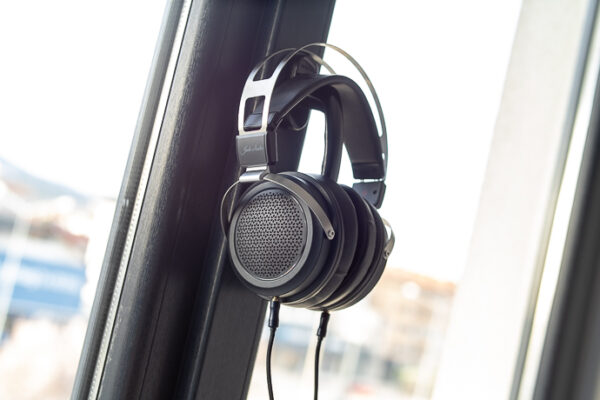Sound performance
My main sources were: Shanling UA1 Plus / ddHiFi TC35-Pro / Shanling H5, trusted sources from trusted brands that I used extensively for the past months.
Files were played from either Apple Music / Spotify or my own music library. Some tracks will be highlighted, just so you can try them at home too!
Overall signature
So, what can you expect from the Shanling Sono, sonically speaking? Some nice things actually!
First and foremost, despite its rather modest price tag, the IEM definitely falls in line with the rest of the brand’s signature. Prominent highs, clear mids, and punchy lows – even in balanced mode – deliver a well-rounded signature that suits most musical genres. It avoids any conspicuous flaws in this frequency range, creating an audio experience that seamlessly blends robust lows and that typical high-mids boost that Shanling is known for.
On the UA1 Plus, plugged with the OG cable, the Sono outmatched the AE3 on most of the tracks I listened too. Voice clarity was surprisingly good and, as promised, distortion levels are minimal, even at high volume, but due to their low sensitivity, you’ll have to push them a little more than your usual ears. Thankfully, impedance is low and even with an entry-level DAC like the TC35Pro, the end- result remains quite impressive.
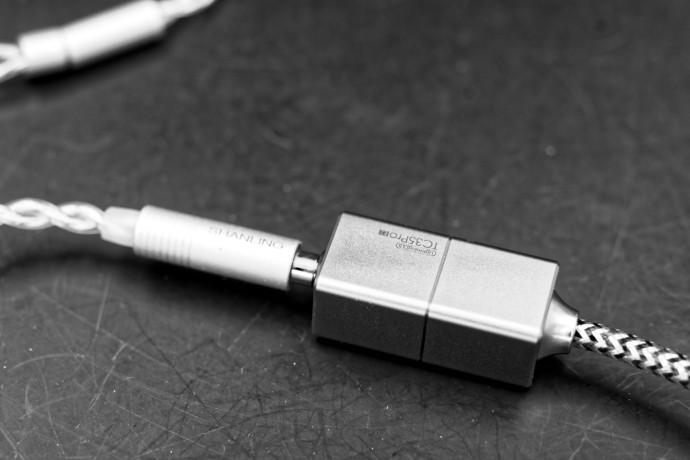
Fed by a mid/range source, the Shanling H5 in my case – amazing device by the way – bass remains superb, even if it’s not as « magical » as the MG600, or the ME700, but taking account of the price, that was to be expected. If we take a step back, paired with the H5, this is still very impressive for a sub-$100 IEM and in terms of soundstage and fullness, I found them a tad above the FiiO FD11, their direct competitor : better soundstage, improved layering, and equally better low. Diving deeper into its sonic capabilities, the Sono’s treble response deserves special mention.
The transition from the bass to the mids is smooth, avoiding any muddiness. Instrumental separation is commendable, allowing each instrument to shine in its own space. Listening to live recordings, one can easily discern the positioning of instruments, giving a sense of being right there in the midst of the performance. It’s neither too sharp nor too laid-back, striking a harmonious balance that brings out the shimmer in cymbals and the breathiness in vocals without any hint of sibilance. This is particularly noticeable in tracks with intricate high-frequency details, where the Sono manages to reproduce every nuance with finesse.
Whether you’re indulging in contemporary pop, jazz crooners, or classical sopranos, the Sono excels, offering a warm and engaging mid-range. It’s the ideal companion for tracks featuring rich vocals and intricate instrumentation, and honestly, this went far better than I expected. For anyone in need of “big sound” on the go, with something that could be driven by a potato, the FiiO FD11 remains a better solution though, thanks to their higher sensitivity. That said, if the FiiO excel on Techno-music, rock, metal or even deep-house, the Sono beat them hands down on classical, jazz and vocals genre. Still, those are great all-rounder, one that can be used daily and still surprises you, with a moderately powerful source.
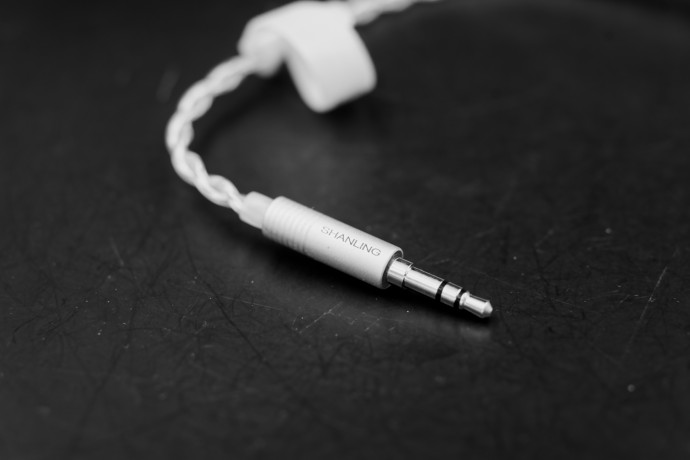
In fact, with a balanced cable and my A&K CA1000T – yes, I know, overkill – the Sono completely opened up and the level of sound pressure that IEM was able to output was simply insane, never to display any distortion, even on complex tracks like Manipulator from Infected Mushrooms.
Overall, resolution and clarity remain a step above on the brand’s latest creation (aka the AE3), but that should not surprise you anymore.
Tonality
Highs: impressive. Not the best highs you could get from Shanling’s line-up, but definitely not the worse. There is no sibilant and you can confidently raise the volume never to encounter any harshness. The highs/super-highs difference didn’t strike me, but if you prefer highs over lows, you’ll hear a real difference/improvement.
Good test-track : Through and Through – Leaving Laurel
Mids: rich and full. Very good soundstage and clean mids make for a very pleasant experience. As usual, Shanling’s done an excellent job in this regard: voices are bliss, and the earphone can fully immerse you, in just a few seconds. For jazz and classical lover, this is easily the best option available in this price range IMO.
Good test-track: Money – Pink Floyd
Bass: clean and deep. Compared to the FD11 reviewed last time, the Sono doesn’t seem to go as low, but appears sharper, even with low-end source. It doesn’t go too deep when plugged through a basic source, but paired with a powerful one, the result inspiring.
Good test-track: Sacrifice – Sara Landry
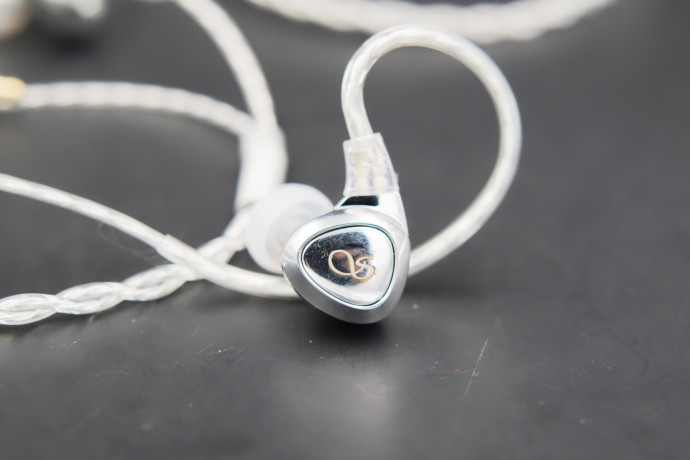
Sensitivity / Hiss
Impedance is low, sensitivity is low and isolation is good, so yes, you can easily drive those IEM with low-powered source. That said, I strongly advise you to use a good source. Paired with the ddHiFi TC44C, even with the 3.5mm port the IEM gave me really good bass, but with the FiiO M11S, things become bombastic.
My top choice? Stay within your budget, and get a Shanling UA1 Plus or KA2. If you want to go for higher, get the KA5 or the DC04 Pro, those are exceptionally gifted dongle DAC that will perfectly fit the Sono.
And for the hiss, I encountered a slight level of hiss on bad grounded sources, but on a DAC or DAP, you should not encounter any issue.
Conclusion
At $79 USD, the Shanling Sonos is a very pleasant surprise.
Build quality is excellent, design is nice and it’s one of the comfiest IEM you could get, eve, at ten time the price. You receive a captivating sound with crisp highs and impressive staging, all housed in a durable shell. While I’ve experienced better lows, I’ve also encountered much worse at a steeper price. In fact, if I didn’t expect much from those ears at first, they really grew on me overtime and exceeded my expectations overall.
One of the best choices for audiophile newcomers, or seasoned one that want a spare pair.
Pros :
- impressive sound quality, especially on highs and mid-highs
- great build and solid shell
- affordable price
- love the design
Cons:
- needs a solid source to shine
- not enough eartips





